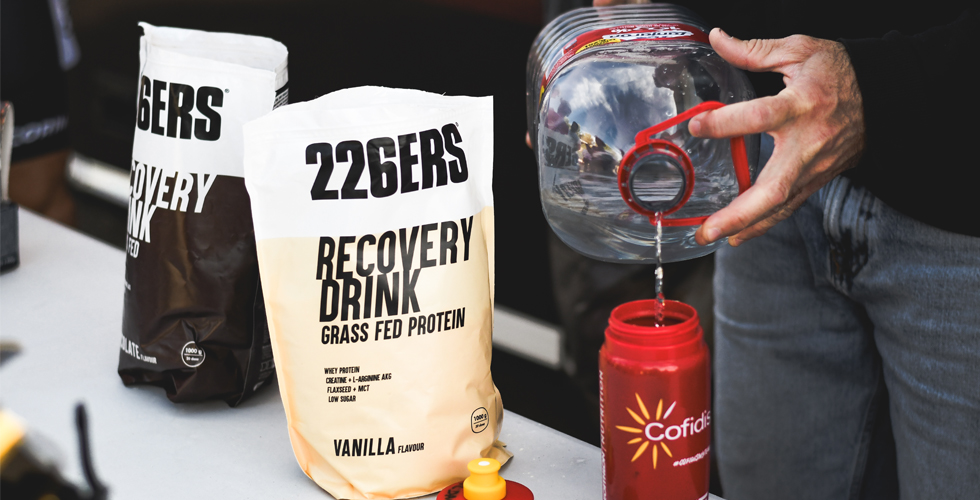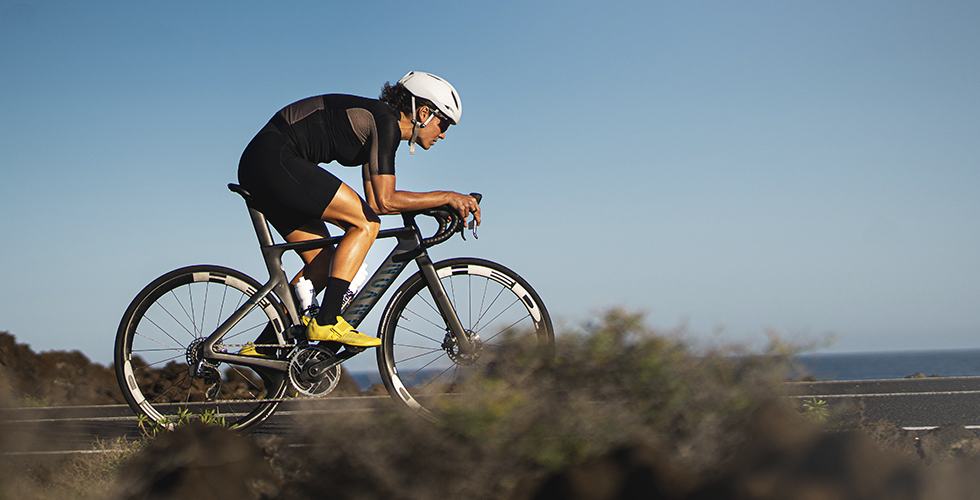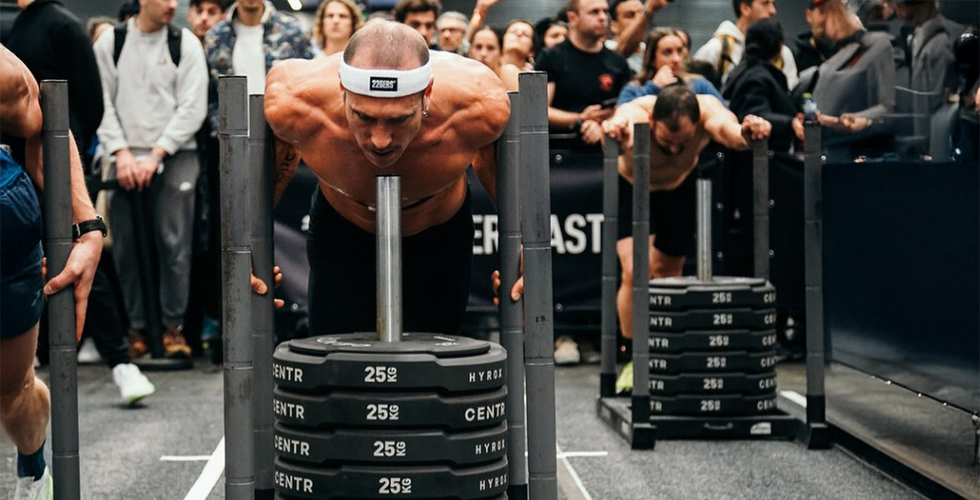Tabla de contenidos
ToggleOne of the questions that strikes any athlete is what to eat after training. Will it improve performance and recovery? Does what you eat matter? Will the outcome be the same?
In this article will give some tips on what to eat after exercising in order to accelerate muscle recovery, replenish energy and improve performance, either training for endurance, strength or both.
After a workout, the body enters an important phase; recovery. It doesn’t matter if you practise an endurance sport (triathlon, cycling, swimming), a strength activity (weightlifting, powerlifting), or one which mixes both such as CrossFit. What’s eaten after training directly influences performance, muscle adaptation and even injury prevention. Hence, post-workout nutrition must be a key and strategic point.
Why is food important after training?
During exercise, totally or partially empties its glycogen stores, suffers muscle micro-injuries, loses liquids and suffers oxidising stress. Sports recovery doesn’t happen by chance, it mostly depends on the nutrients that are provided immediately after training.
An appropriate meal after training enables the following:
- Restores muscle glycogen to have energy available for an upcoming moderate or high intensity workout.
- Stimulates protein synthesis and muscle regrowth.
- Rehydrates the body and replenishes electrolytes.
- Controls swelling and oxidative stress.
- Avoids muscle catabolism in high training volume disciplines or calorie deficit.
- Prepares the body for the next workout, enabling to reach it in better physical, mental and physiological conditions.
This last point is specially important; the better you recover today, the better you’ll be able to train tomorrow… and if you train better, the stimulus will be more effective, meaning more solid muscle, cardiovascular and neurometabolic adaptations. Recap; recovery isn’t just repairing, it’s progressing.
What’s different between endurance, strength and hybrid sports?
Although the post-workout meal foundations are similar for all three, there are slight differences:
- Energy recovery (glycogen), hydration and antioxidant is prioritised in endurance sports, without forgetting protein if the workout has been very long or demanding.
- In strength sports, the focus is on muscle repair and protein synthesis.
- Sports such as CrossFit or functional training, which combine both features, require a complete strategy; proteins, carbohydrates and anti-inflammatory micronutrients.
When and how to eat after exercising
Some studies indicate a metabolic window 30 to 60 minutes after training, in which the body is more receptive to nutrients. During this time, insulin works more effectively and the muscles absorb glycogen and amino acids better.
To recover from exercise, the upcoming meal ideally shouldn’t be delayed more than two hours. This is specially important if you train twice a day or have very demanding workouts. A good recovery accelerates the adaptation process and allows keeping workout quality day after day.
Hence, a recommendation is that you prepare a snack or recovery for after your workouts, instead of remaining “fasted”. We’ll give some examples later on.
Ideal composition of post-workout meals
1. Post-workout carbohydrates
Necessary to replenish muscular glycogen. Even more important in endurance sports and CrossFit, where it gets more emptied. In strength sports, although the expenditure is less, they’re also suitable to promote protein synthesis.
General recommendation: 1 to 1,2 g of carbohydrates per kg of body weight if the exercise was intense or lasted more than 60-90 minutes.
Suitable foods: rice, pasta, oats, whole grain bread, potatoes, fruits, fruit shakes.
Replenishing glycogen not only avoids fatigue, it also enables to train at a higher intensity and efficiency in the next session.
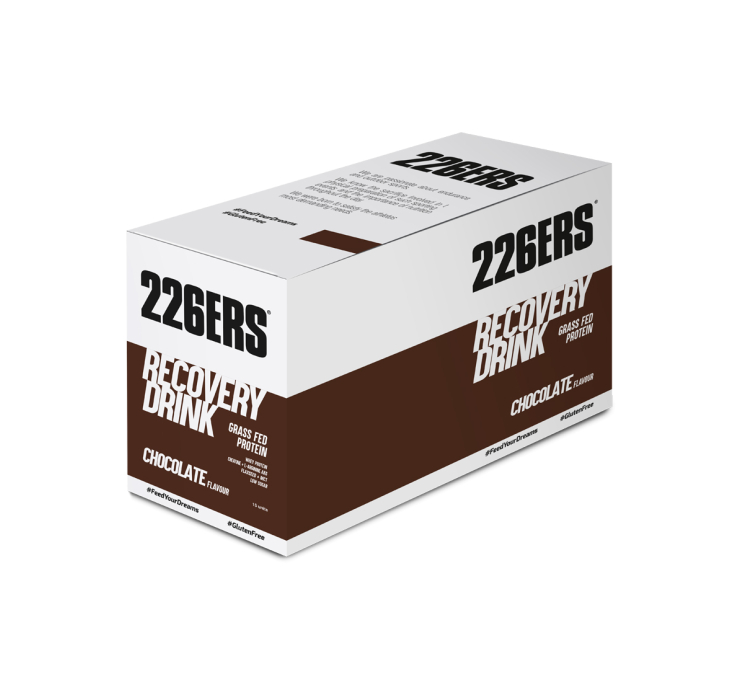
BOX – 15 RECOVERY DRINK - Monodosis para la recuperación muscular
Recovery Drink es un complemento alimenticio a base de proteína, hidratos de carbono, creatina, lino dorado, triglicéridos de cadena media (MCT) y L-arginina para tomar después de un entrenamiento o un esfuerzo, ya que aporta más de un 40% de proteína de alta calidad que proviene del concentrado de proteína de suero de leche GRASS FED (vacas alimentadas de pasto sin el uso de antibióticos ni hormonas de crecimiento), no contiene gluten y tiene menos de 2g de azúcar por toma para no interferir en la asimilación de nutrientes.
Estuche con 15 sobres.
2. Proteins after training
Necessary for muscle recovery and growth. In all sports but specially strength and CrossFit, it’s necessary to ensure a correct protein intake after training. Also for endurance sports if the workout has been long.
Recommended amount: 20 to 30 g of high biological value protein.
Recommended sources: chicken, egg whites, greek yoghourt, fish, milk, protein powder, tofu, legumes.
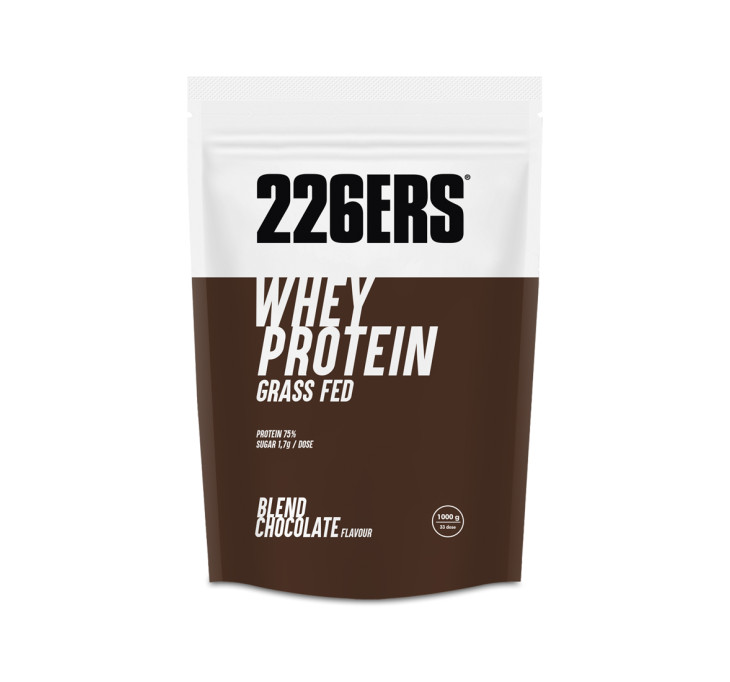
WHEY PROTEIN - Batido de Proteínas Grass Fed - 1000g
Complemento Alimenticio en polvo a base de proteína concentrada de suero de leche.
Whey Protein es un complemento alimenticio en polvo a base de proteína concentrada de suero de leche. Apto para dietas vegetarianas, no contiene gluten, es alto en proteína y bajo en grasa y carbohidratos. Está formulado con Proteína concentrada de suero de leche GRASS FED como ingrediente principal. Aporta 23g de proteína y menos de 1.9 g de azúcar por toma.
A good balance between proteins and carbohydrates enhances muscle protein synthesis and promotes a better training adaptation to repeated training.
3. Antioxidant and anti-inflammatory vitamins and minerals.
Exercises causes controlled inflammation and oxidative stress, processes that help adaptation but if exaggerated or not adjusted, harm recovery. Hence, it’s key to include food with antioxidant and anti-inflammatory micronutrients.
- Vitamin C (citrus fruits, kiwi, strawberries, peppers).
- Poliphenols (blueberries, cherries, green tea and cocoa).
- Zinc and magnesium (legumes, sea food, nuts, whole grain cereals).
- Selenium (Brazil nuts, sea food, eggs).
These recovery foods help to keep a balanced internal environment, reducing stress that could limit mid term performance.
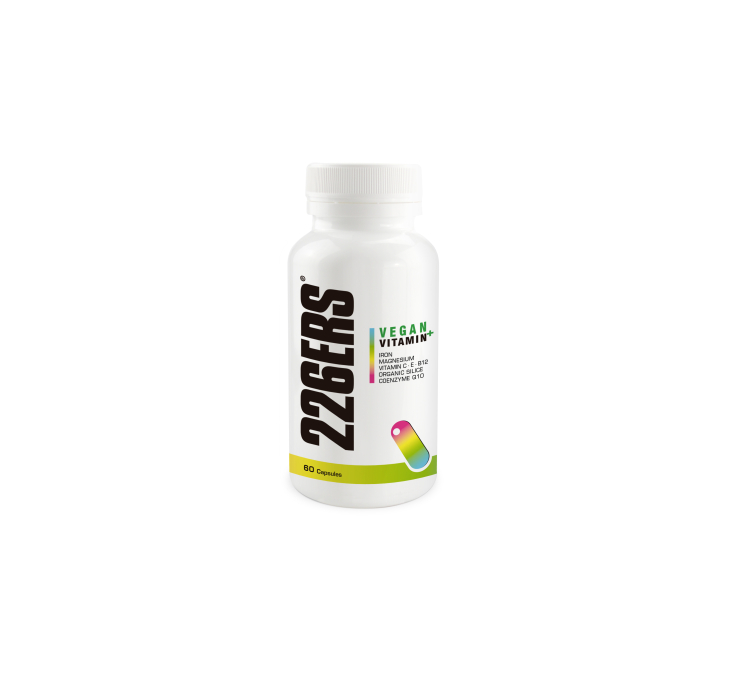
VEGAN VITAMIN + - Vitaminas Veganas - 60 Cápsulas
Cápsulas veganas formuladas específicamente para cubrir las necesidades del deportista sea cual sea su nivel.
Con 24 vitaminas y minerales, un extra de Silicio Orgánico del Bambú y Coenzima Q10.
4. Post-workout hydration
Replenishing liquid balance es essential, especially if you’ve sweat a lot.
Rehydrate with water, electrolyte drinks or coconut water.
Include sodium, potassium and magnesium if there was a significant sweat loss or cramps.
A proper post-workout hydration allows recovery processes to happen more efficiently and that the cardiovascular system recovers its normality quicker.
The recommendation is to replenish at least 150% of the liquids lost during the workout.
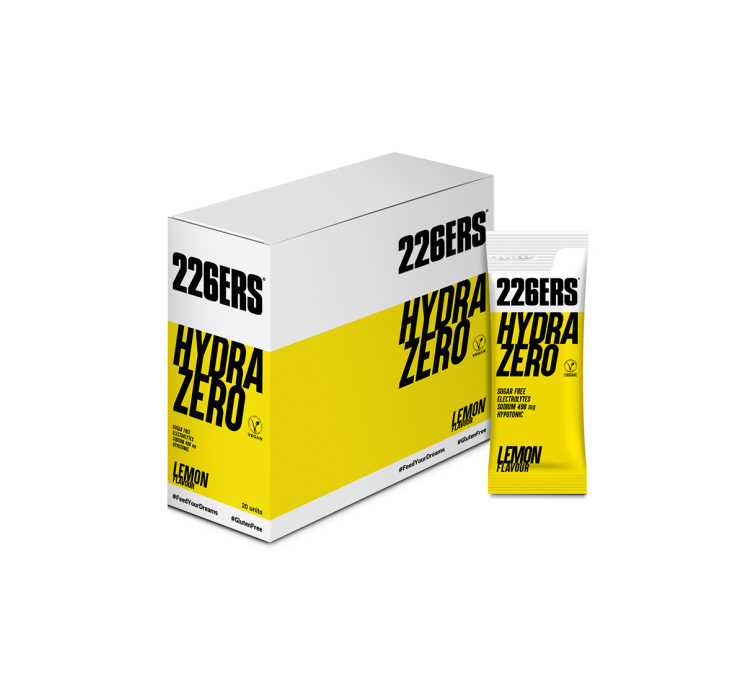
BOX – 20 STICKS HYDRAZERO
HYDRAZERO es una bebida hipotónica de sales minerales imprescindibles a la hora de realizar ejercicio ya que debemos reponer los electrolitos perdidos para rendir bien, no solo en las competiciones sino también en los entrenamientos.
Su uso está especialmente recomendado a la hora de hacer ejercicio como hidratación y como recarga de depósitos de sales minerales previas a competiciones y recuperación de los niveles de sales minerales después del ejercicio físico.
Estuche con 20 sobres.
Post-workout meal examples according to the kind of sport
Endurance
- Bowl of greek yoghourt with oats, banana and red berries.
- Whole grain rice with boiled egg and sautéed spinach.
- Milk smoothie, whey protein, mango and turmeric.
Strength
- Egg whites omelette with whole grain bread and natural juice.
- Salmón tenderloin with boiled potatoes and broccoli.
- Bowl of cottage cheese with honey and berries.
CrossFit or combined sports
- Rice salad with chicken breast, grated carrot, rocket and lemon juice.
- Turkey wrap with hummus, spinach and mango.
- Post-workout shake with protein, oats, blueberries and chia seeds.
Some of these examples can be used as snack if the workout is placed between “meals” and others can beaten as lunch or dinner if the workout ends close to them.
The conclusion could be; recovery is a powerful tool to improve.
The food to optimise recovery not only repairs what training whares out, it also prepares the body to train better the next day. That’s the key; who recovers better, trains better, and who trains better, improves more.
Remember to include in your post-workout meals:
- Carbohydrates to recharge energy.
- Proteins to repare muscle tissue.
- Micronutrients with anti-oxidising and anti-inflammatory functions.
- Hydration with water and electrolytes.
Plan your post-workout nutrition with the same seriousness with which you plan your routines. Eating properly after training is an investment in your future performance.
Remember that there also are professionals who are dedicated to sports nutrition and will be able to help and advice you to achieve your goals.
